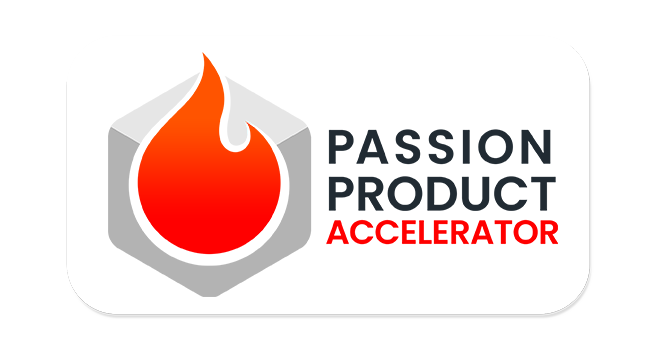Are you considering starting your Amazon FBA journey? Learn from mistakes before you invest time and money. In this video, Kam breaks down his experience of losing over $11,000 on Amazon and shares valuable lessons on avoiding the same pitfalls. Watch till the end for actionable advice to make your Amazon business a success.
Starting a business on Amazon can seem like the perfect way to achieve financial freedom. However, without proper research and strategy, it can quickly turn into a costly mistake. In this article, we’ll explore the journey of Kam, an Amazon FBA seller who lost over $11,000 in his first year. Discover his story, the biggest mistakes he made, and how you can avoid them to create a profitable e-commerce business.
The Opportunity of Amazon FBA
Amazon FBA offers a promising platform with features like:
- Massive Customer Base: Over 310 million active customers globally.
- Fulfillment Support: Amazon handles picking, packing, and shipping.
- Passive Income Opportunity: Set up listings and let Amazon take care of logistics.
For Kam, this seemed like a dream come true, allowing him to escape the monotony of a 9-to-5 job. However, his lack of experience and missteps led to a series of financial losses.
Costs That Added Up Quickly
Kam’s initial investment included:
- Amazon FBA Course: $5,000 for training.
- Product Research Tools: Tools like Helium 10 and Manage by Stats.
- Trademark Registration: $275 to secure his brand.
- Business Setup: $289 for an LLC through Better Legal.
- Product Samples: $350 from suppliers found on Alibaba.
- Inventory Manufacturing: $3,500 for the first batch.
- Shipping Costs: $1,200 for shipping products to Amazon warehouses.
- Listing Optimization: $456 for logo and package design and listing optimization through platforms like FBA Creatives.
Despite these investments, his business struggled to gain traction.
Key Mistakes That Led to Failure
Mistake 1: Choosing the Wrong Product
Kam selected a generic product with high competition and limited differentiation. Without a unique value proposition, his listing failed to stand out among other sellers.
Mistake 2: Ignoring Market Research
Using inadequate research tools and strategies, he underestimated demand and overestimated potential profitability.
Mistake 3: Overstocking Inventory
Kam shipped his entire inventory to Amazon warehouses without testing the market. When sales stalled, he was hit with long-term storage fees, adding to his losses.
Mistake 4: Ineligible for PPC Advertising
Amazon flagged his product as controversial, preventing him from running pay-per-click (PPC) campaigns. This made it difficult to drive traffic to his listings.
Mistake 5: Lack of Mentorship
Without guidance from experienced sellers, Kam navigated the complexities of Amazon FBA alone, leading to costly errors.
Lessons Learned
- Start Small: Test the market with a limited inventory before committing to large orders.
- Invest in Quality Research Tools: Platforms like Helium 10 provide comprehensive insights into product demand and competition.
- Create a Unique Product: Avoid generic items. Focus on passion products that resonate with a specific audience.
- Leverage Expert Guidance: Join communities or mentorship programs, like Travis Marziani’s Passion Product Formula, to learn from experienced sellers.
- Understand Amazon’s Rules: Familiarize yourself with policies to avoid restrictions on advertising or product eligibility.
Turning Failure into Success
Despite initial setbacks, Kam eventually launched a successful product by applying the lessons he learned. Partnering with the right mentors and tools, he created a passion product that generated six figures in revenue within a year.
Conclusion
Amazon FBA can be a lucrative business model, but only if approached with the right strategies. Kam’s story serves as a cautionary tale for aspiring sellers. By learning from his mistakes and following proven methods, you can avoid financial losses and build a thriving e-commerce business.






